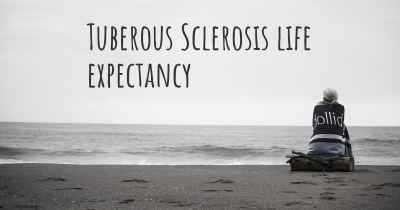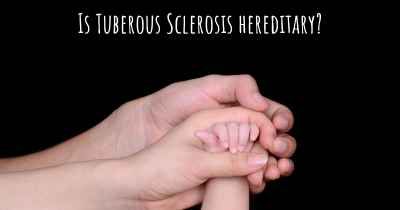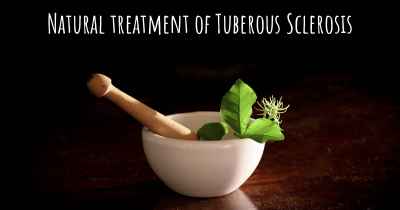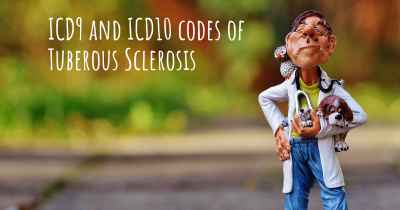What is the history of Tuberous Sclerosis?
When was Tuberous Sclerosis discovered? What is the story of this discovery? Was it coincidence or not?
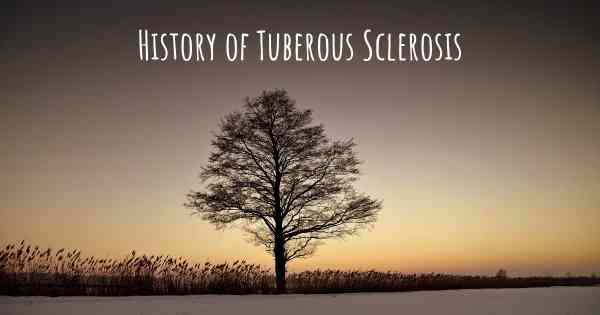
Tuberous sclerosis, also known as tuberous sclerosis complex (TSC), is a rare genetic disorder that affects multiple organ systems in the body. It was first described in the late 19th century by French dermatologist Désiré-Magloire Bourneville, who observed the characteristic tuber-like growths in the brains of affected individuals.
The history of tuberous sclerosis begins with the discovery of its key features and the subsequent understanding of its genetic basis.
In 1880, Bourneville published a comprehensive description of tuberous sclerosis, which he referred to as "sclérose tubéreuse des circonvolutions cérébrales." He identified the presence of tuber-like growths in the brain, as well as skin abnormalities such as facial angiofibromas and hypomelanotic macules. Bourneville recognized that the disorder had a neurological basis and proposed that it was a distinct clinical entity.
Over the next century, further research shed light on the various manifestations of tuberous sclerosis and its genetic underpinnings. In the 1960s, researchers discovered that tuberous sclerosis is inherited in an autosomal dominant manner, meaning that a mutation in one copy of either the TSC1 or TSC2 gene is sufficient to cause the disorder.
The identification of the TSC1 and TSC2 genes was a major breakthrough in understanding the molecular basis of tuberous sclerosis.
In 1993, the TSC1 gene was identified on chromosome 9q34, and the TSC2 gene was identified on chromosome 16p13.3 a year later. These genes encode for proteins called hamartin and tuberin, respectively, which play crucial roles in regulating cell growth and proliferation.
With the discovery of the TSC1 and TSC2 genes, researchers gained a better understanding of the molecular pathways involved in tuberous sclerosis. It was found that mutations in these genes lead to dysregulation of the mammalian target of rapamycin (mTOR) pathway, which controls cell growth and division. This dysregulation results in the formation of benign tumors, or hamartomas, in various organs.
Advancements in genetic testing and diagnostic techniques have improved the identification and management of tuberous sclerosis.
In recent years, genetic testing has become an essential tool in diagnosing tuberous sclerosis. By analyzing the TSC1 and TSC2 genes, clinicians can confirm the presence of pathogenic mutations and provide a definitive diagnosis. Additionally, imaging techniques such as magnetic resonance imaging (MRI) and computed tomography (CT) scans allow for the detection of brain and organ abnormalities associated with the disorder.
Treatment options for tuberous sclerosis focus on managing the symptoms and complications associated with the disorder. Medications such as mTOR inhibitors, including everolimus and sirolimus, have shown promise in reducing the size of tumors and controlling seizures. Surgical interventions may be necessary for the removal of large or symptomatic tumors.
Research into tuberous sclerosis continues to uncover new insights and potential therapeutic targets.
Scientists are investigating the role of mTOR inhibitors in treating various manifestations of tuberous sclerosis, including renal angiomyolipomas and pulmonary lymphangioleiomyomatosis. Additionally, ongoing research aims to elucidate the complex interactions between the TSC1 and TSC2 genes and other genetic and environmental factors that contribute to the variability in disease severity and clinical presentation.
In conclusion, the history of tuberous sclerosis spans over a century of scientific discovery and medical advancements. From Bourneville's initial observations to the identification of the TSC1 and TSC2 genes, our understanding of this complex disorder has greatly improved. With continued research and advancements in diagnostic techniques and treatment options, the future holds promise for individuals affected by tuberous sclerosis.
Posted Jun 18, 2020 by Nick Fn Blum 2640
Posted Sep 19, 2017 by claudia 2020
Posted Oct 3, 2017 by PAOLA 2500
